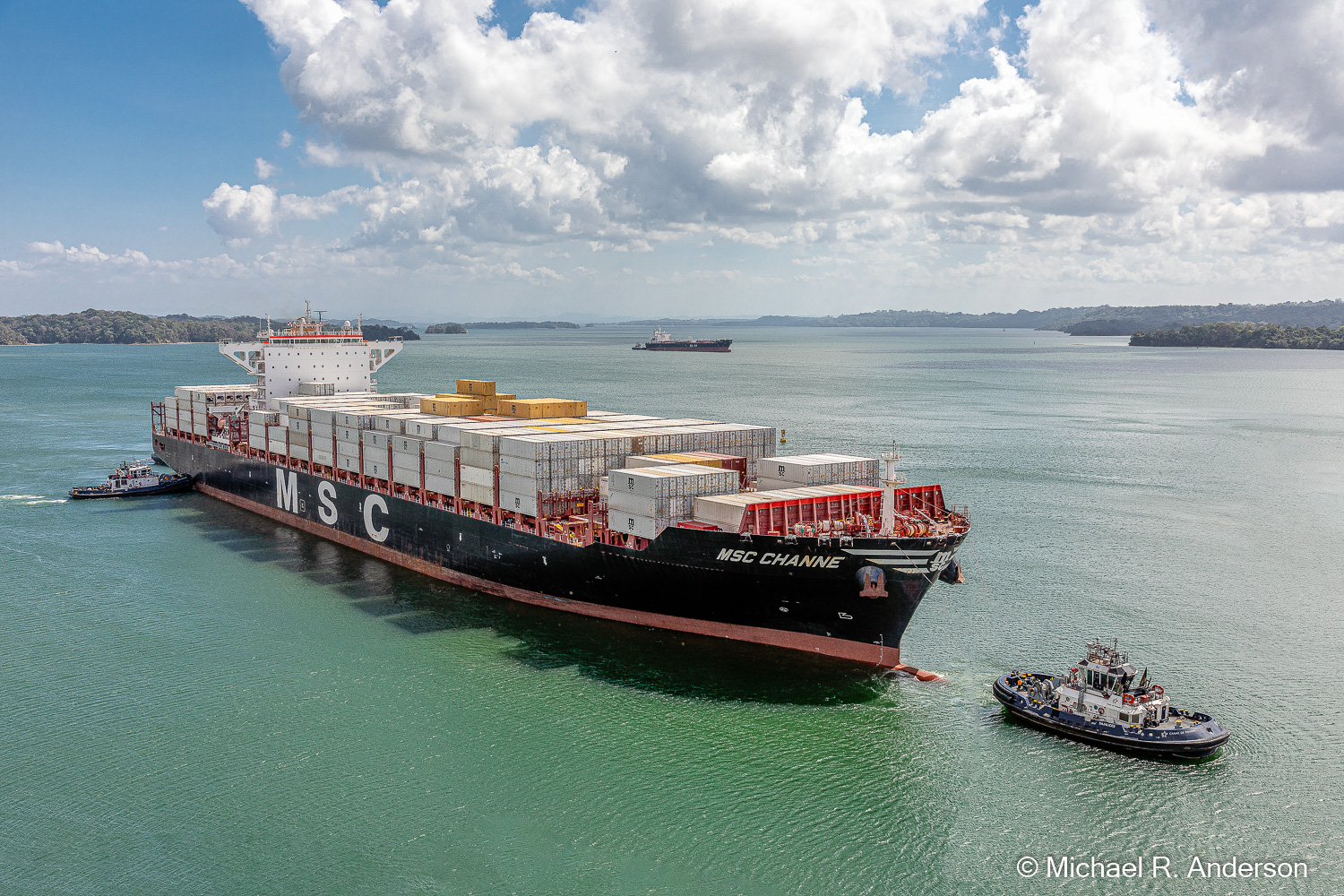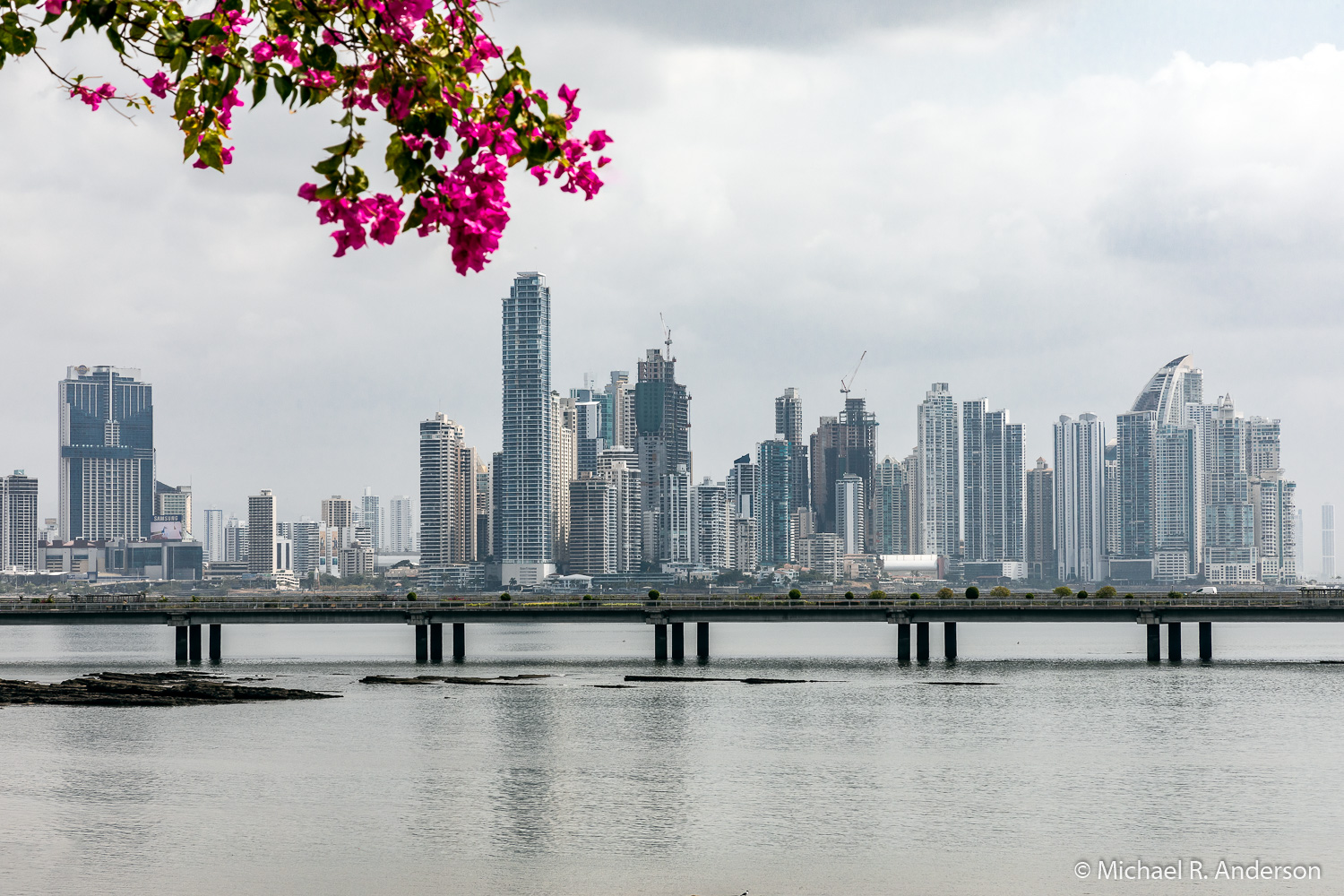In 1513, Vasco Núñez de Balboa crossed the Isthmus of Panama to become the first European to see the Pacific Ocean. I didn’t want to walk through fifty miles of jungle, so my wife and I took a boat through the canal.

Our trip was run by Road Scholars, a not-for-profit organization that focuses on educational travel experiences for seniors. We joined about thirty other people from around the country who had converged on Panama City, Panama for this trip. I know what you’re thinking, Balboa actually traversed the isthmus in the opposite direction. That’s true, but this was the best we could do.

After breakfast and a meeting to go over the day’s agenda, we boarded a very luxurious bus and drove to an old part of town, Casco Viejo. We had a little time to walk around and, to prove this was an educational venture, we learned that Panama hats are made in … Ecuador!
We then toured the Panama Canal Museum. The exhibits at this museum presented a thorough history of the canal and included many interesting photos. Unfortunately, we were not allowed to take photographs so it doesn’t add much to the interest of a photography blog page. But, if you have an interest in canal history, I recommend that you see the photos and stories on the Panama Canal Museum website.
We walked around a little more in Casco Viejo before rebussing and heading down the road again. The Panama City skyline in the distance provided a good backdrop to this ride. Our next stop was the Biomuseo. This is a museum designed by Frank Gehry and run by the Amador Foundation as an “interpretive center dedicated to Panama that explores the relationship between biodiversity and culture.”
Although the exhibits were interesting, I will admit that I was more fascinated by the building. Maybe because they allowed photographs.
The museum was only about a mile and a half from our hotel so, after our tour, we walked back along a sidewalk that followed the canal entrance. There were quite a few abandoned buildings along the way that were covered with graffiti. In parts of the city, however, we had noticed many buildings under construction. So, Panama’s economy seems to be growing again.
In case you’d like some additional education, here are a few interesting notes:
- The official currency of Panama is the Balboa, which equals one dollar. Panamanian coins are the same size and values as US coins but US dollars are the only paper money available.
- Despite Balboa’s discovery, he eventually returned to Spain where, after some disputes with local governors, he was beheaded in 1519.
- After France’s failed attempt to build a canal, America took over and finished it in 1914. Since the French version of “A man, a plan, a canal, Panama” is not a palindrome, we’re lucky America finished the canal.
- If you want to read a great history of the canal, pick up a copy of David McCulloch’s book, The Path Between the Seas.
That’s all for now. I’ll probably add another couple of Panama posts in the near future, so please come back.